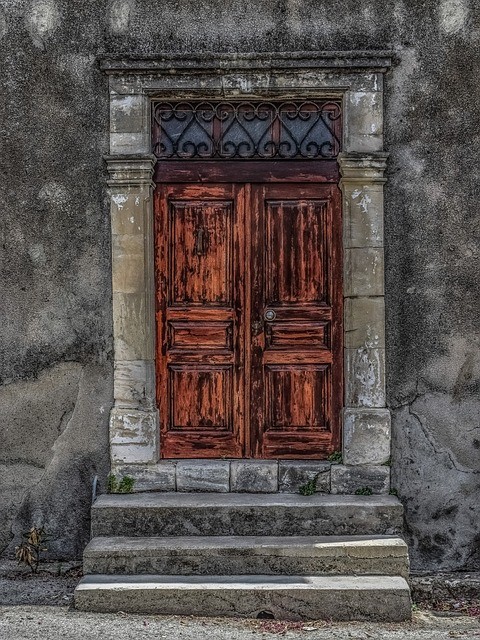European architectural influences have played a significant role in shaping the urban landscape of Australian cities. These influences can be traced back to the early days of European settlement when British colonizers brought their architectural styles and traditions to the Australian continent. Over the years, various European architectural trends have been adapted and integrated into Australian cities, resulting in a diverse and eclectic architectural heritage. Here are some key European architectural influences found in Australian cities:
1. Georgian Architecture:
The Georgian architectural style, prevalent in 18th-century England, left its mark on Australia during the early colonial period. Georgian buildings are characterized by symmetrical facades, classical proportions, and decorative details such as pediments and columns. Examples of Georgian architecture can be found in historic areas of cities like Sydney and Hobart.
2. Victorian Architecture:
The Victorian era in England had a profound influence on Australian architecture during the 19th century. Victorian buildings often feature intricate detailing, ornate facades, and a mix of architectural styles, including Gothic Revival, Italianate, and Queen Anne. Victorian terraced houses and grand public buildings can be seen in cities like Melbourne and Adelaide.
3. Federation Architecture:
In the late 19th and early 20th centuries, Australia developed its own unique architectural style known as Federation architecture. It blends elements of the Victorian and Edwardian styles with Australian influences, emphasizing local materials and decorative motifs. Federation-style houses with their distinctive verandahs and gabled roofs can be found in many Australian suburbs.
4. Art Deco:
The Art Deco movement, popular in Europe during the 1920s and 1930s, also left its mark on Australian cities. Art Deco buildings are characterized by sleek lines, geometric shapes, and decorative motifs. Examples of Art Deco architecture can be found in cities like Sydney and Brisbane.
5. Gothic Revival:
Influenced by medieval European architecture, Gothic Revival buildings can be found in Australian cities, particularly in churches and public buildings. These structures often feature pointed arches, ribbed vaults, and elaborate stone carvings.
6. Neoclassical Architecture:
Neoclassical architecture, inspired by ancient Greek and Roman styles, has influenced many public buildings and monuments in Australian cities. These buildings often have grand facades, columns, and pediments, reflecting a sense of authority and classical elegance.

7. Modernism:
In the 20th century, Australian cities embraced modernist architecture, which rejected traditional ornamentation in favor of simplicity and functionality. Modernist buildings with clean lines and innovative design concepts can be seen in cities like Canberra and Sydney.
8. Postmodern Architecture:
In more recent times, postmodern architecture has made its mark in Australian cities, blending elements of various architectural styles and often featuring bold and playful designs.
These European architectural influences, along with Indigenous Australian architectural traditions and other global design trends, have contributed to the rich and diverse architectural landscape of Australian cities, reflecting the country’s multicultural heritage and evolving identity.









